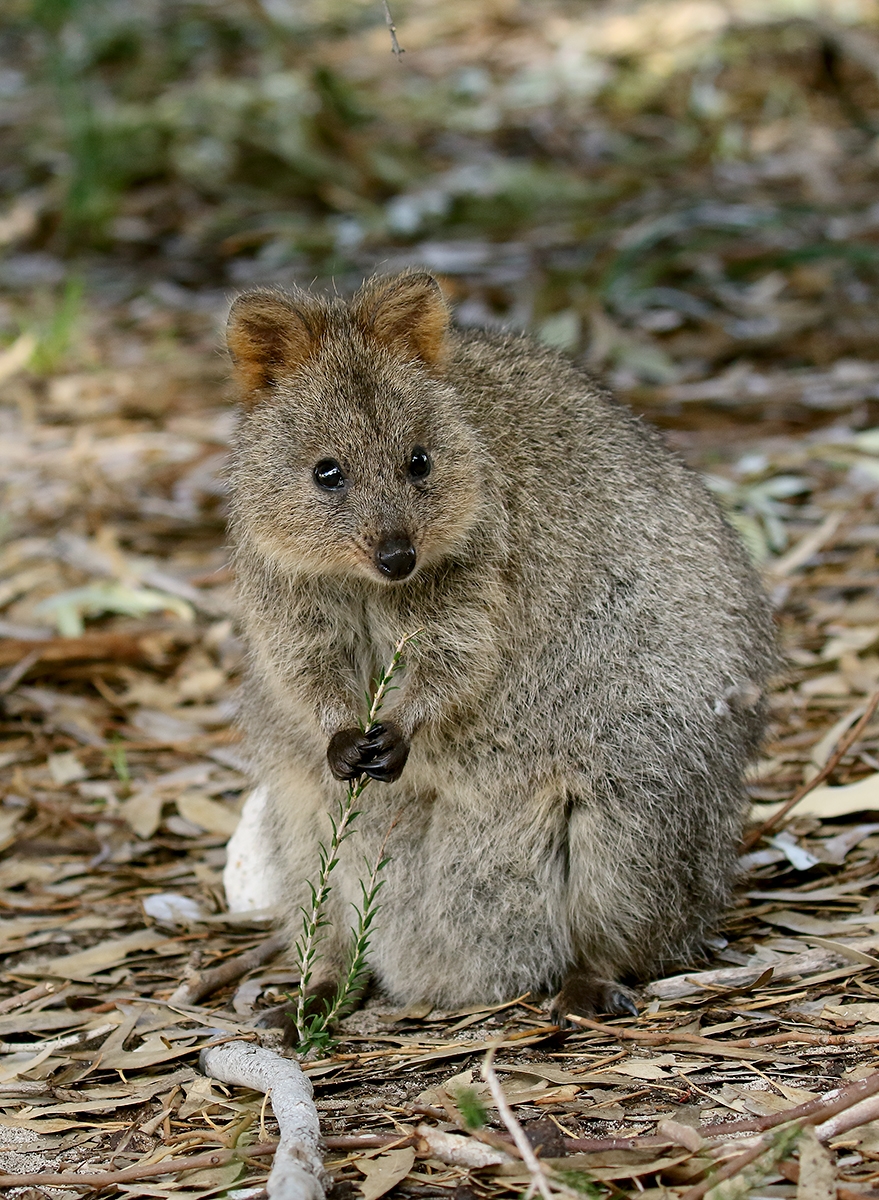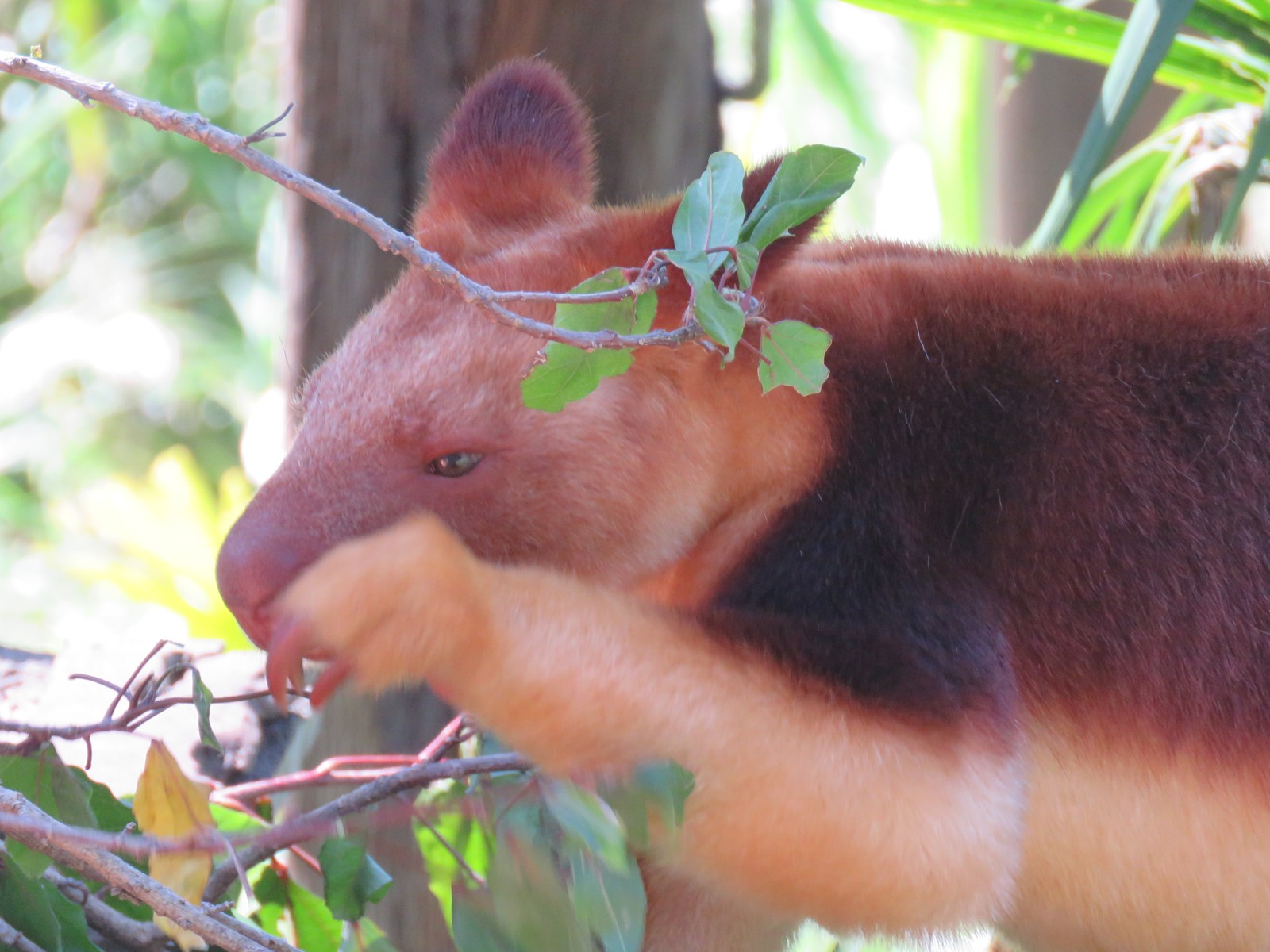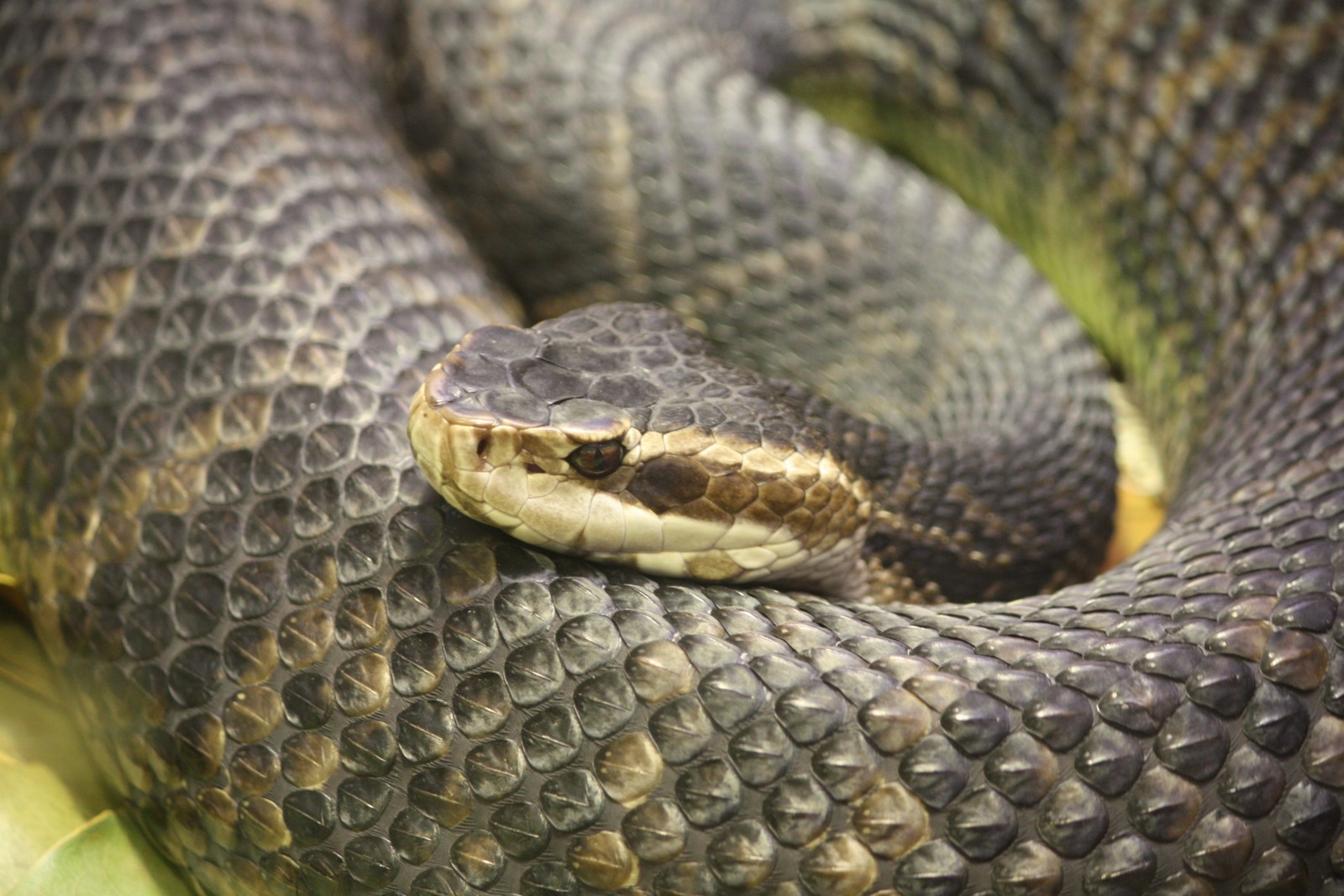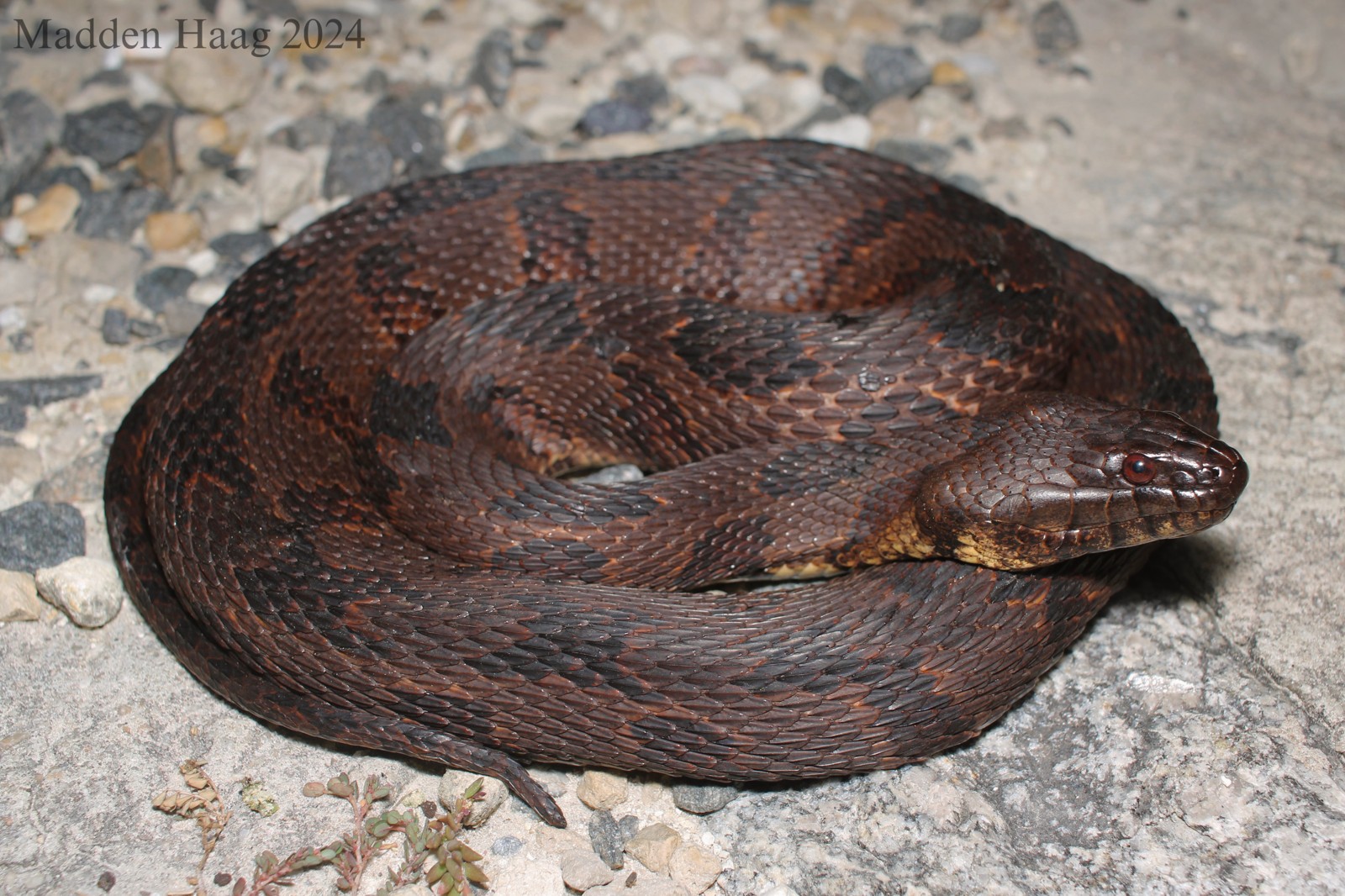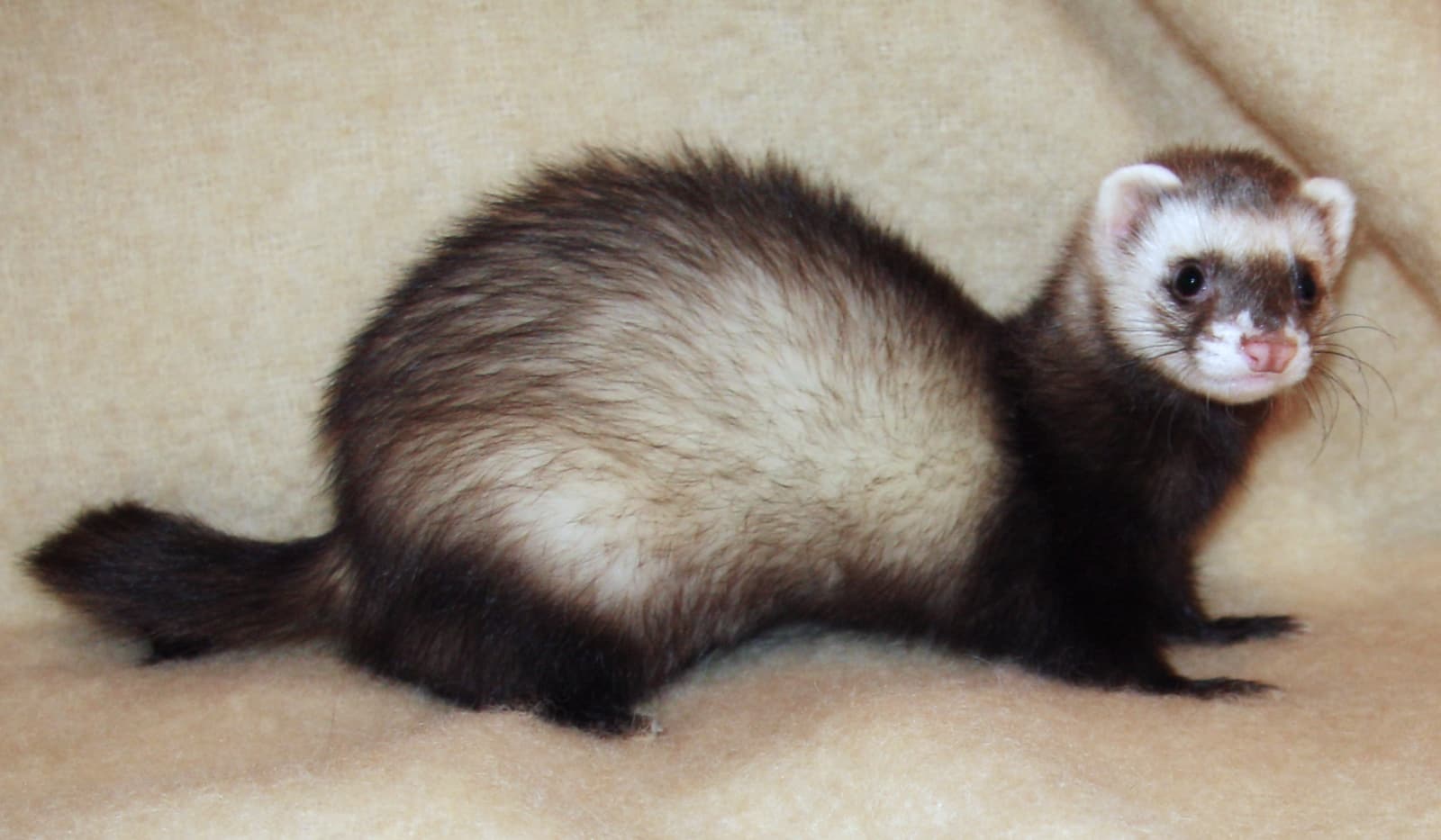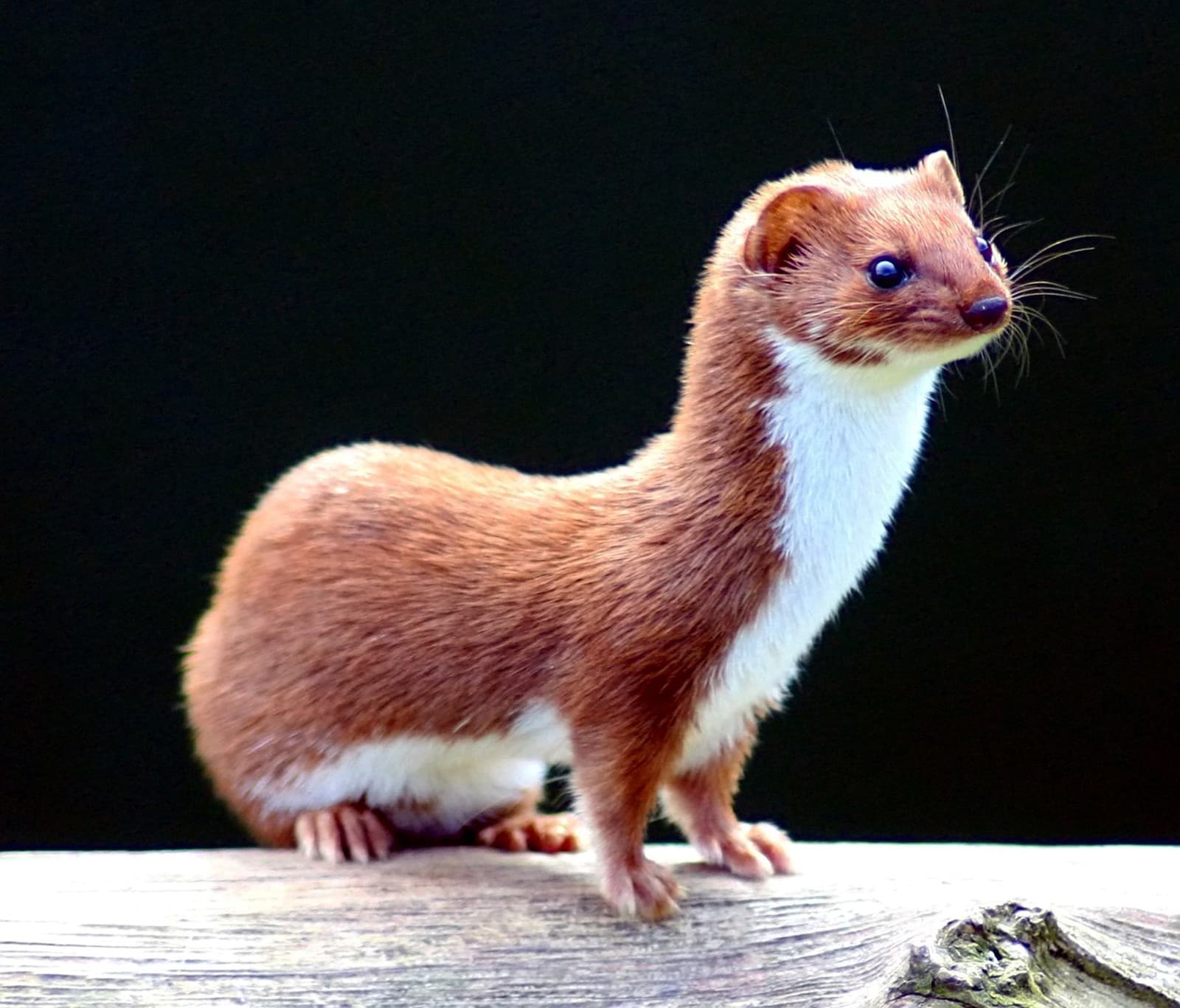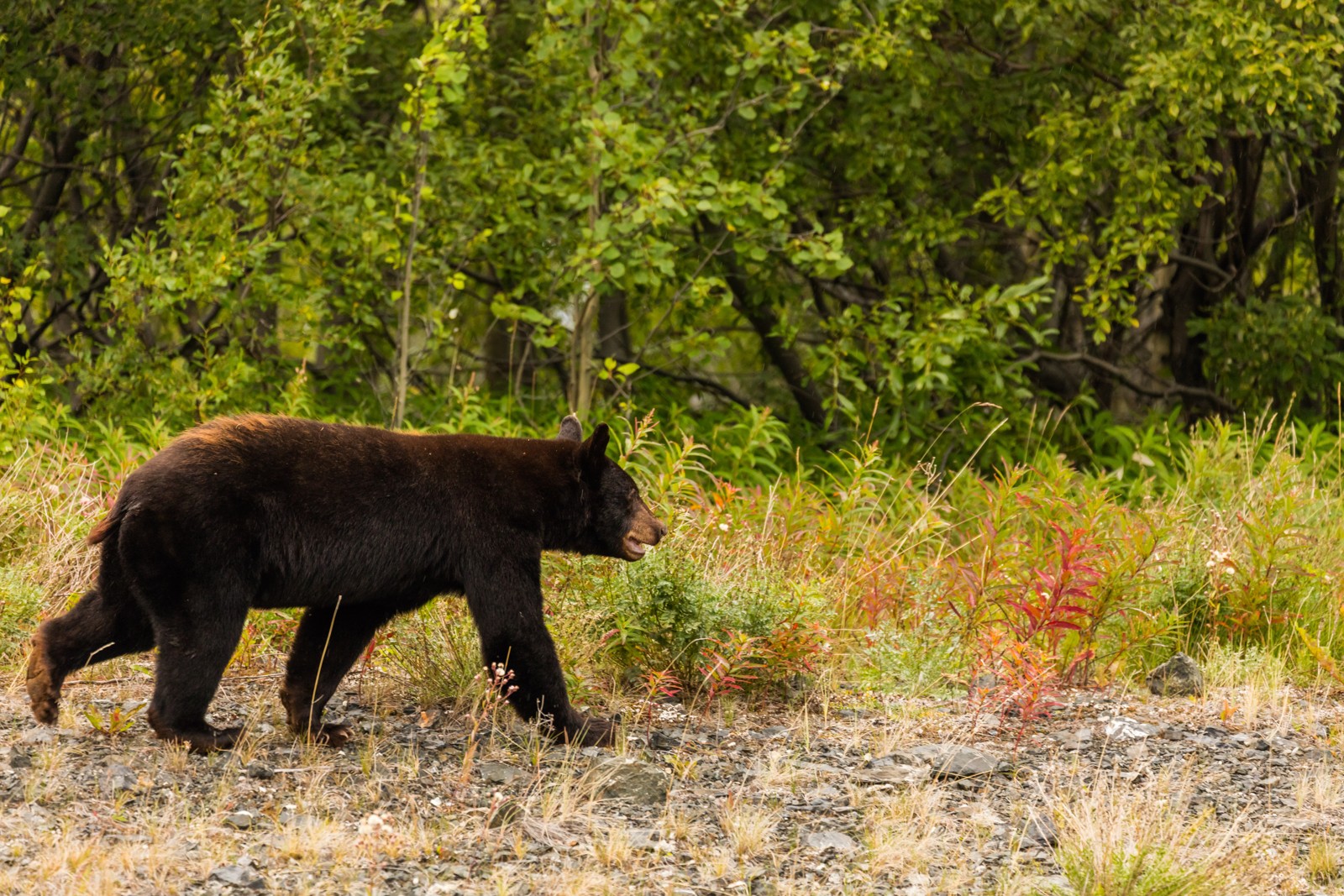Moth vs Butterfly: A Complete Comparison
When comparing moth vs butterfly characteristics, these closely related insects showcase distinct differences that have evolved over millions of years. While both belong to the order Lepidoptera, moths comprise roughly 160,000 known species compared to butterflies’ 17,500 species, making moths significantly more diverse. Despite their shared ancestry, these fascinating creatures differ in everything from their activity patterns to their physical structures.
The key distinction between moths and butterflies lies in their behavioral patterns and physical characteristics. Moths typically display earth-toned wings and feathery antennae, operating primarily as nocturnal creatures, while butterflies generally exhibit vibrant wing patterns and thin, club-tipped antennae, thriving during daylight hours. These adaptations reflect their different evolutionary paths and survival strategies.
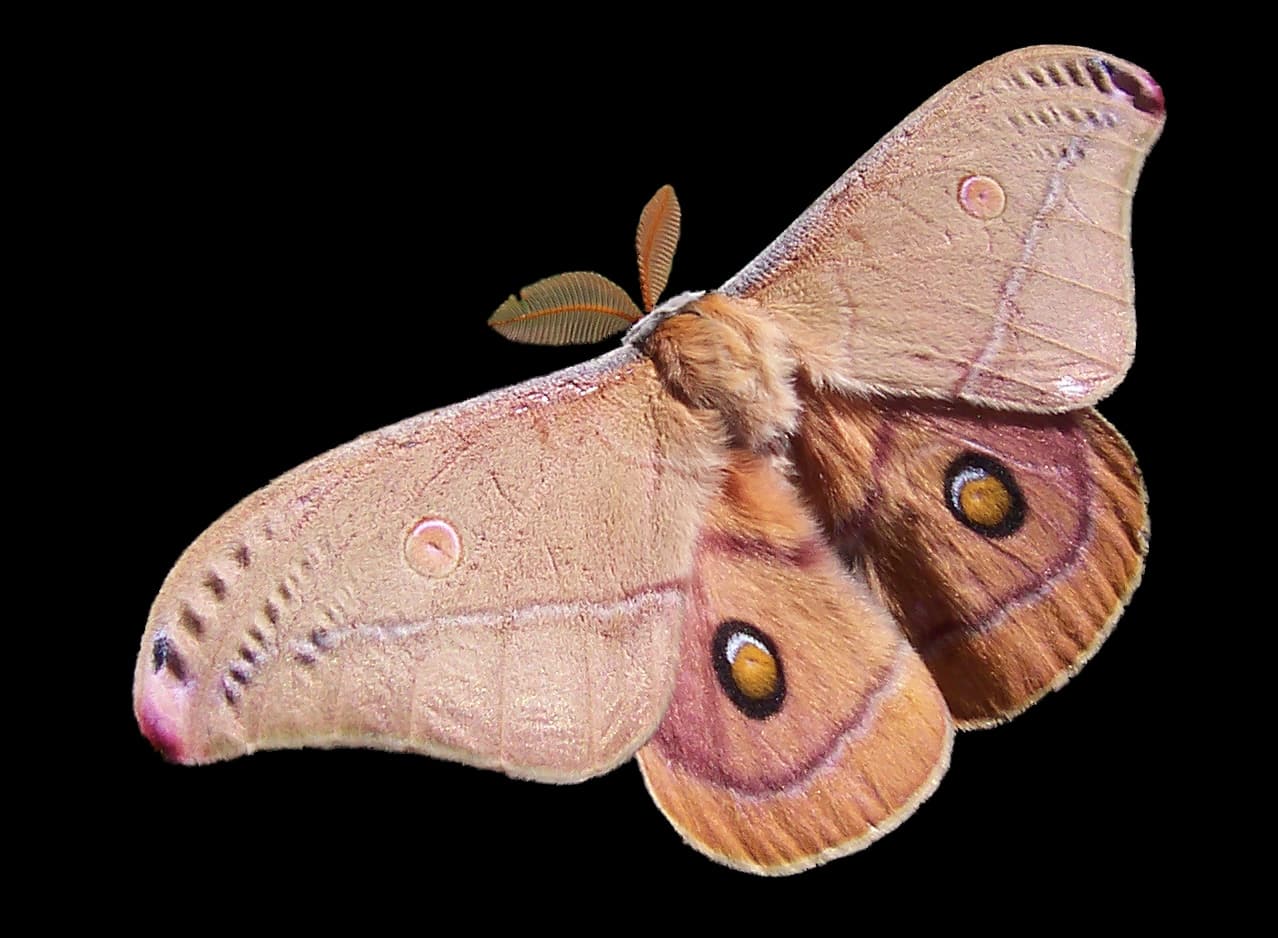
© Fir0002 at English Wikipedia / CC BY-SA 3.0
The Polyphemus moth demonstrates classic moth characteristics with its thick, furry body and feathered antennae. These features, along with its muted coloration, exemplify typical moth adaptations for nighttime survival.
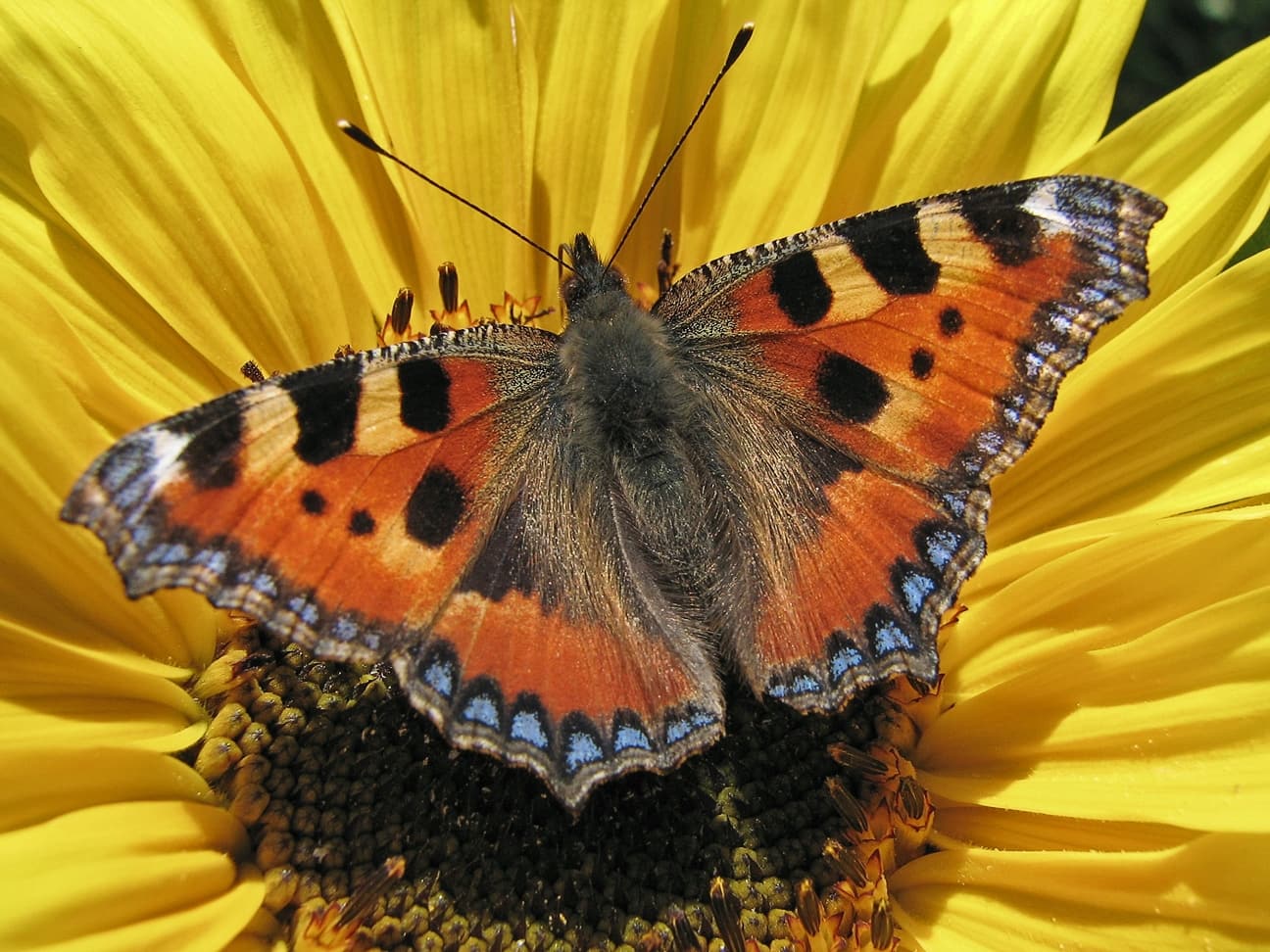
© Darkone / CC BY-SA 2.5
The Small Tortoiseshell butterfly showcases typical butterfly features: bright wing coloration, slender body structure, and club-tipped antennae. These characteristics align with its diurnal lifestyle and visual communication needs.
Key Differences: Moth vs Butterfly Comparison
| Feature | Moth | Butterfly |
|---|---|---|
| Activity Time | Primarily nocturnal | Diurnal (active during day) |
| Antennae | Feathery or saw-edged | Thin with club-shaped tips |
| Wing Position at Rest | Flat and spread out | Usually folded vertically |
| Coloration | Generally muted, browns/grays | Often bright and varied |
| Body Structure | Stout and furry | Slender and smooth |
| Wing Scale Density | Higher density, appears fuzzy | Lower density, appears smooth |
Physical Characteristics and Behavior
Moths and butterflies exhibit distinct physical adaptations that reflect their different lifestyles. Butterflies typically possess wingspans ranging from 0.5-11 inches (1.2-28 cm), while moths show greater size variation, from tiny micromoths at 0.1 inches (2.5 mm) to the Atlas moth reaching 12 inches (30 cm).
Habitat and Distribution
While both insects inhabit nearly every terrestrial ecosystem on Earth, moths demonstrate greater environmental adaptability. Moths can be found from sea level to altitudes exceeding 13,000 feet (4,000 meters), while most butterflies remain below 8,000 feet (2,400 meters).
Life Cycle Differences
The metamorphosis process differs subtly between moths and butterflies:
- Moth cocoons incorporate silk and environmental materials
- Butterfly chrysalises feature hardened protein
- Moth pupae typically develop underground or in hidden locations
- Butterfly pupae often remain exposed, using camouflage for protection
Ecological Importance
Both insects serve crucial ecological roles:
- Pollination of night-blooming plants (moths)
- Daytime pollination of flowering plants (butterflies)
- Food sources for various predators
- Indicators of ecosystem health
Survival Adaptations
Moths have evolved specialized features for nocturnal survival:
- Ultra-sensitive hearing organs to detect bat echolocation
- Scale patterns that absorb sound waves
- Chemical defense mechanisms against predators
Butterflies developed different protective strategies:
- Warning coloration (aposematism)
- Mimicry of toxic species
- UV-reflective wing patterns for mate selection
Through millions of years of evolution, moths and butterflies have developed these distinctive characteristics while maintaining their fundamental relationship as members of Lepidoptera, each adapting to fill different ecological niches in the natural world.


